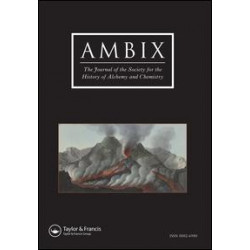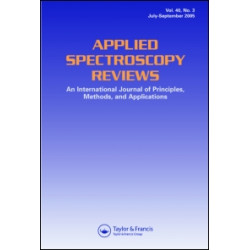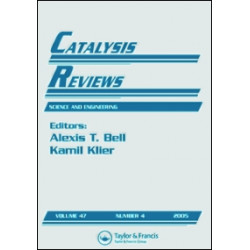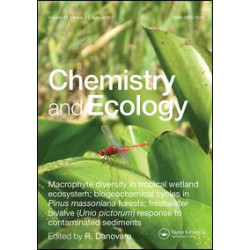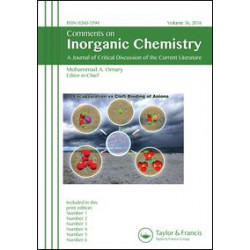
Drawing upon the findings from island biogeography studies, Norman Myers estimates that we are losing between 50-200 species per day, a rate 120,000 times greater than the background rate during prehistoric times. Worse still, the rate is accelerating rapidly. By the year 2000, we may have lost over one million species, counting back from three centuries ago when this trend began. By the middle of the next century, as many as one half of all species may face extinction. Moreover, our rapid destruction of critical ecosystems, such as tropical coral reefs, wetlands, estuaries, and rainforests may seriously impair species' regeneration, a process that has taken several million years after mass extinctions in the past. Additionally, the loss of species from all major categories contrasts sharply with what happened in the late Cretaceous period when most species of placental mammals, birds, amphibians, non-dinosaurian reptiles and terrestrial plants survived. This may severely deplete evolution's speciation capacity for a far longer time than after past periods of mass extinctions. As Myers concludes, within the space of our lifetime, just a few human generations, we shall -- in the absence of greatly expanded conservation efforts -- impoverish the biosphere to an extent that will persist for at least 200,000 human generations.
Recognizing that the loss of species at this level of magnitude will have profound implications from both a utilitarian and moral perspective, the Journal of International Wildlife Law & Policy's mission is to address legal and political issues concerning the human race's interrelationship with and management of wildlife species, their habitats, and the biosphere. This includes analysis of the efficacy of international and regional wildlife treaty regimes in conserving species (as well as national legislation and regulations enacted to implement such regimes), the impact of judicial decisions at both the national and international level, and the interface of legal and political institutions with other sectors in society that have a substantive impact on the management and conservation of species and ecosystems.
Peer Review Policy:
All research articles in this journal have undergone rigorous peer review, based on initial editor screening and anonymous refereeing by three anonymous referees.
Publication office: Taylor & Francis, Inc., 530 Walnut Street, Suite 850, Philadelphia, PA 19106







